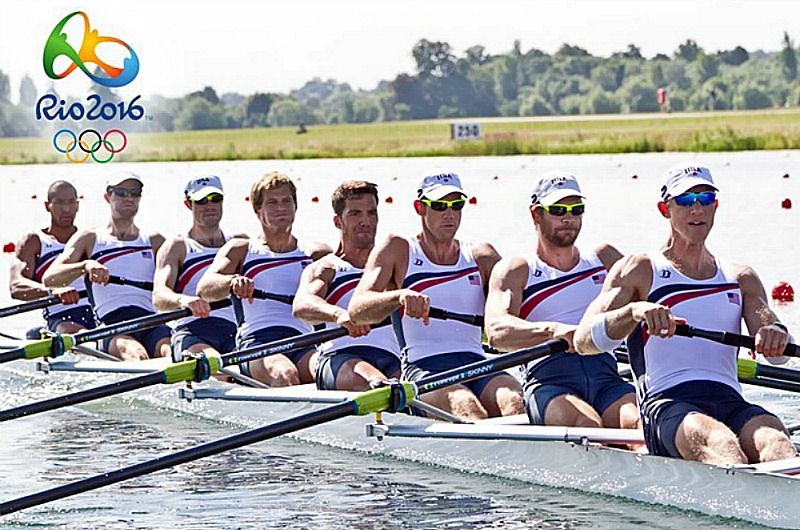 Steve Kaspryzk '05, third from right, is the latest Drexel Dragon to compete in multiple Olympics and Paralympics.
Former Drexel University rower Steve Kasprzyk ’05 competed in the 2016 Summer Olympics as part of Team USA’s crew team. He was one of two rowers in the men's coxed eight to be making a second Olympic appearance — and one of a select few Drexel Dragons to make at least two Olympic or Paralympic appearances.
Steve Kaspryzk '05, third from right, is the latest Drexel Dragon to compete in multiple Olympics and Paralympics.
Former Drexel University rower Steve Kasprzyk ’05 competed in the 2016 Summer Olympics as part of Team USA’s crew team. He was one of two rowers in the men's coxed eight to be making a second Olympic appearance — and one of a select few Drexel Dragons to make at least two Olympic or Paralympic appearances.
Including Kaspryzk, five Drexel Dragons have competed in those international games — with two of them acting as the official flag bearers for their country during the opening ceremonies. Four of these athletes competed when they attended Drexel and all five are from the College of Engineering.
Kasprzyk, a chemical engineering graduate, missed out on a medal by 0.3 seconds at the 2012 Summer Olympics in London. He credits Drexel with helping him find the love and passion for the sport after he made the crew team as a walk-on in 2000.
“I wasn’t particularly good at the start but got a little better each year,” he previously told Drexel Magazine. “Rowing at Drexel taught me to love the sport and work hard, which were the two biggest factors that allowed me to improve enough to make the Olympic team.”
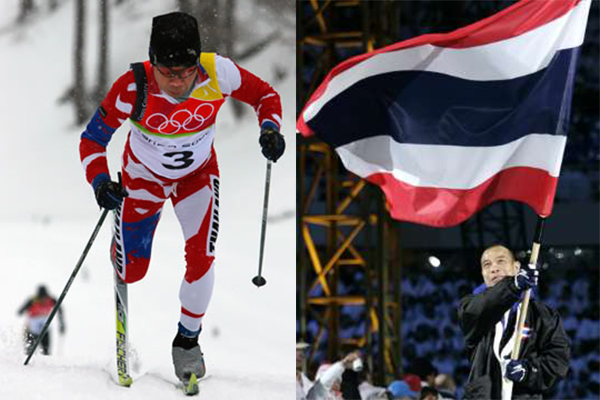 Drexel computer engineering professor Prawat Nagvajara is the first Thai athlete to compete in the Winter Olympics.
Before Kaspryzk, the most recent Drexel Olympian was Prawat Nagvajara, an associate professor of electrical engineering in the College of Engineering. Nagvajara is the first athlete to represent Thailand at the Olympic Winter Games. While competing in the 2002 and 2006 Olympics as a cross-country skier, he carried Thailand’s flag in the opening ceremonies.
Drexel computer engineering professor Prawat Nagvajara is the first Thai athlete to compete in the Winter Olympics.
Before Kaspryzk, the most recent Drexel Olympian was Prawat Nagvajara, an associate professor of electrical engineering in the College of Engineering. Nagvajara is the first athlete to represent Thailand at the Olympic Winter Games. While competing in the 2002 and 2006 Olympics as a cross-country skier, he carried Thailand’s flag in the opening ceremonies.
Nagvajara’s underdog story is best remembered as a victory: he finished at the bottom of the races both times and in 2006, he was the oldest competitor in an endurance sport at age 47.
“Two Olympics is more than enough for me. You’re lucky enough,” he previously told DrexelNow. “To be able to rub shoulders with the professionals twice is more than enough, I guess.”
During the early aughts, Travis Mohr ’04 competed at the Paralmypics, which is the top competition for athletes with disabilities and the second-largest event in the world after the Olympics. Born without femurs in his legs, Mohr competed in the 100-meter breaststroke, winning a gold and a bronze in the 2000 Paralympics in Sydney and a gold and silver in the 2004 Paralympics in Athens. He also competed as the youngest American swimmer in the 1996 Paralympics in Atlanta.
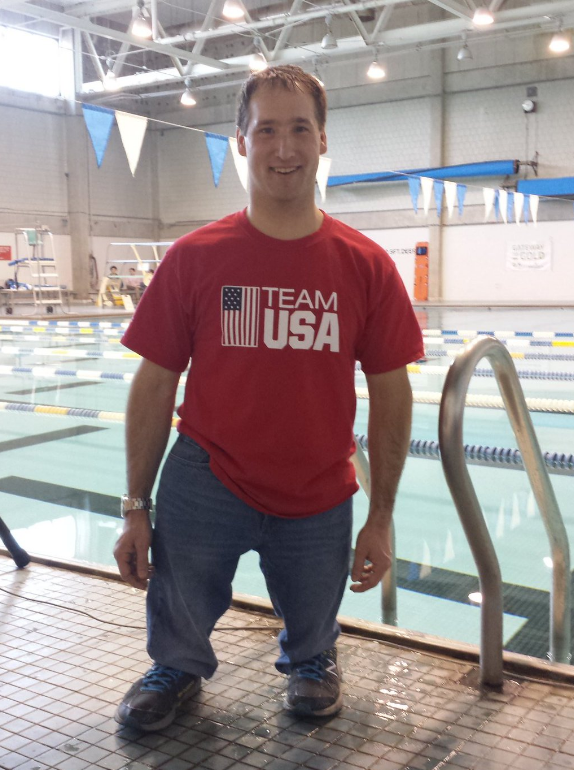 Travis Mohr competed in the 2004 Paralympics as a senior at Drexel. Photo courtesy Adaptive Sports New England.
“Winning the gold in Sydney was the best experience ever,” he told Drexel’s Alumni Association. "Standing on the podium and seeing my country's flag being raised was amazing.”
Travis Mohr competed in the 2004 Paralympics as a senior at Drexel. Photo courtesy Adaptive Sports New England.
“Winning the gold in Sydney was the best experience ever,” he told Drexel’s Alumni Association. "Standing on the podium and seeing my country's flag being raised was amazing.”
While at Drexel, Mohr was a full-time civil engineering student while training for six hours a day. He earned another medal, Drexel’s prestigious President’s Medal, at graduation, where he was the only one in his class of 3,500 to receive the University’s highest honor for his dedication to academics and community service.
Nagavajara and Mohr were preceded by Robert Pipkins ’95, who also broke barriers and made athletic history. He competed in the 1992 Winter Olympics in Albertville, France as the first African-American luge racer to compete internationally, and then again in the 1994 Olympics in Lillehammer, Norway.
"I am the only one in the world," the architectural engineering sophomore told the Philadelphia Inquirer in 1992. "I opened a lot of eyes when I first went over to Europe to compete.”
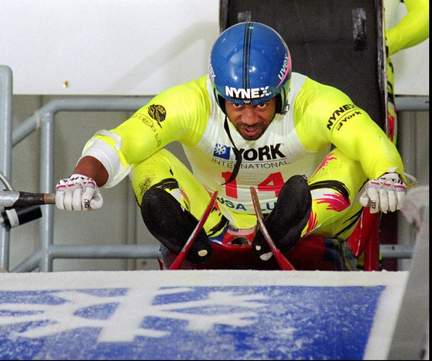 Robert Pipkins was an Olympian luge athlete. Photo courtesy Staten Island Advance.
While at Drexel, Pipkins took classes during spring and summer terms and focused on luge in the fall and winter. The University’s unique schedule was a main reason he came to campus — thanks to the advice of another Drexel Olympic luge athlete, Frank Masley ‘89.
Robert Pipkins was an Olympian luge athlete. Photo courtesy Staten Island Advance.
While at Drexel, Pipkins took classes during spring and summer terms and focused on luge in the fall and winter. The University’s unique schedule was a main reason he came to campus — thanks to the advice of another Drexel Olympic luge athlete, Frank Masley ‘89.
Masley, who competed in all three Winter Olympics in the 1980s, was a mechanical engineering graduate student at Drexel for the 1984 and 1988 games. He was the official Team USA flag bearer in the opening ceremonies in the 1984 Olympics in Sarajevo — and the first luge athlete to hold the flag. During those games, he gave the best performance by an American in the sport (14th place in the single-man competition and 13th in the two-man competition).
Randy Voigt, Drexel’s longtime men’s lacrosse coach at the time, reached out to Masley after the 1984 Olympics to supervise Masley’s “dry-land” training. The absence of any nearby luge tracks meant Voigt and Masley trained with a sled that ran on a plexiglass track at a human performance lab in Delaware and worked on Masley’s strength and aerobic training on campus. But that wasn’t the only help Masley received at Drexel.
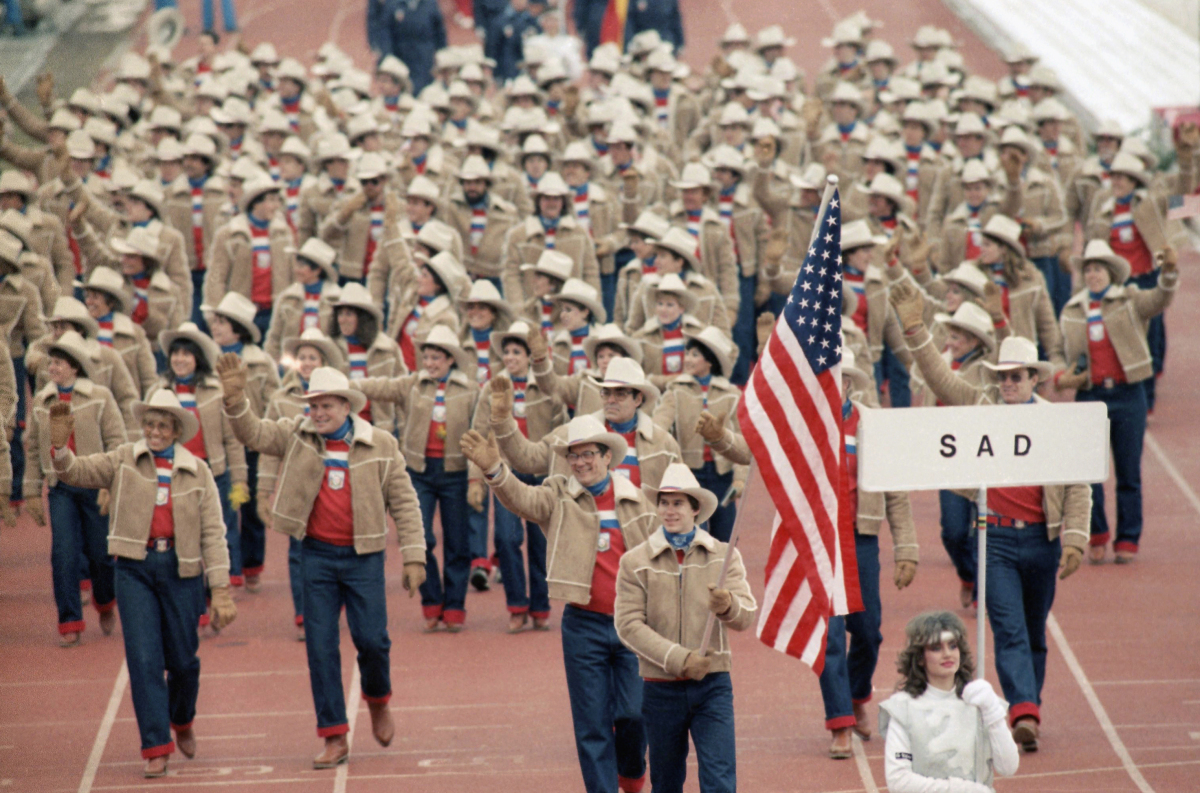 Frank Masley '89 holds the American flag during the 1984 Winter Olympics. Placad marked sad is the Yugoslav designation for USA. (AP Photo/Jack Smith)
“One of my professors told me that if I threw my upper body forward during my start, that it would cut five one-hundreths of a second off my time,” he told Drexel’s independent student newspaper The Triangle in 1987. “Sure enough, it has worked and I’ve been using that start since.”
Frank Masley '89 holds the American flag during the 1984 Winter Olympics. Placad marked sad is the Yugoslav designation for USA. (AP Photo/Jack Smith)
“One of my professors told me that if I threw my upper body forward during my start, that it would cut five one-hundreths of a second off my time,” he told Drexel’s independent student newspaper The Triangle in 1987. “Sure enough, it has worked and I’ve been using that start since.”
It should be noted that two other Drexel Dragons attended the Olympics on singular occasions. Former Drexel sailing team captain Charles J. Horter ’74 won the bronze medal in the 1972 Summer Olympics in Munich as part of Team USA’s sailing team (in a 31-foot keelboat in the Dragon Class, no less). Thomas Kerr, MD, who started Drexel’s crew program in 1957 and served as coach and team physician until 1969, rowed in the 1932 Summer Olympics in Los Angeles (and refereed the 1968 and 1972 Olympics).